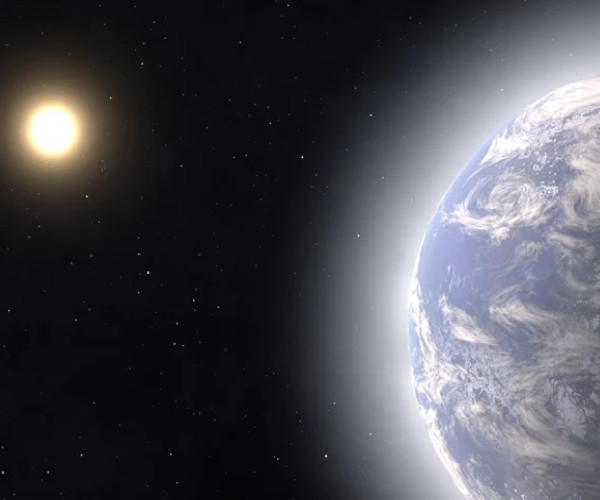Newsroom
 Artistic representation of an exoplanet whose water ice is vaporizing and forming an atmosphere during its approach to a star. © Thomas Müller (MPIA)
Artistic representation of an exoplanet whose water ice is vaporizing and forming an atmosphere during its approach to a star. © Thomas Müller (MPIA) Simulations provide a potential explanation for the mysterious gap in the size distribution of super-Earths.
Astronomers from Germany and Switzerland, including STRUCTURES member Thomas Henning (Director of Max Planck Institute for Astronomy, MPIA) and YRC Postdoc Remo Burn (MPIA), have uncovered evidence of how the enigmatic gap in the size distribution of exoplanets at around two Earth radii emerges – a longstanding problem in exoplanetary research. Their computer simulations demonstrate that the migration of icy, so-called sub-Neptunes into the inner regions of their planetary systems could account for this phenomenon. Ordinarily, planets in evolved planetary systems, such as the Solar System, follow stable orbits around their central star. However, many indications suggest that some planets might depart from their birthplaces during their early evolution by migrating inward or outward. As they draw closer to the central star, evaporating water ice forms an atmosphere that makes the planets appear larger than in their frozen state. Simultaneously, smaller rocky planets gradually lose a portion of their original gaseous envelope, causing their measured radius to shrink over time. The authors reported their findings in an article published in Nature Astronomy. (Original Press Release by MPIA)
Further information:
